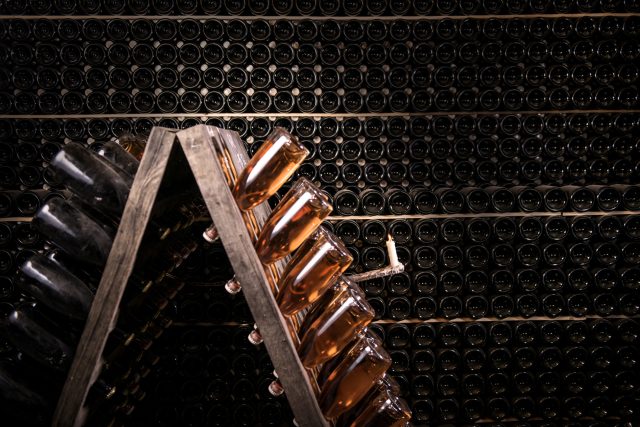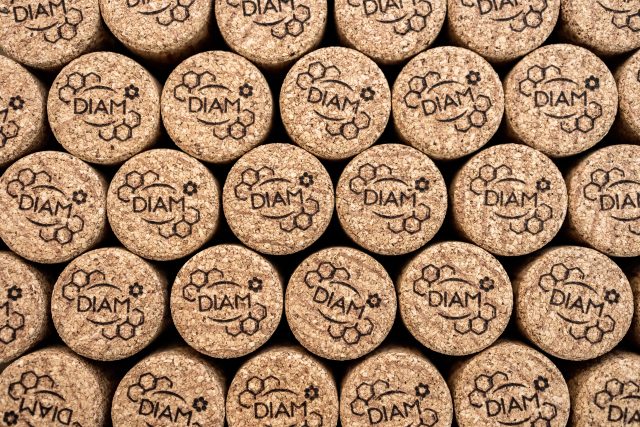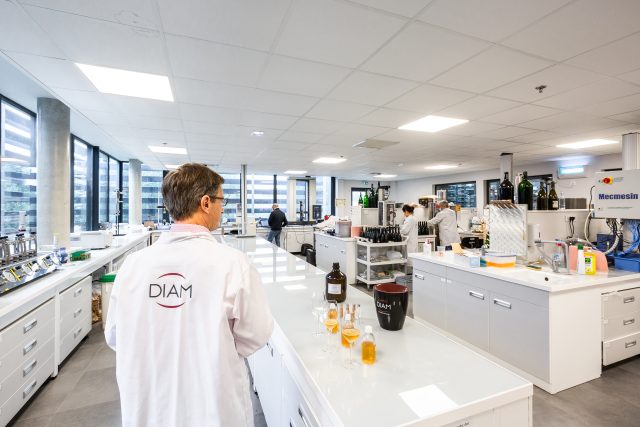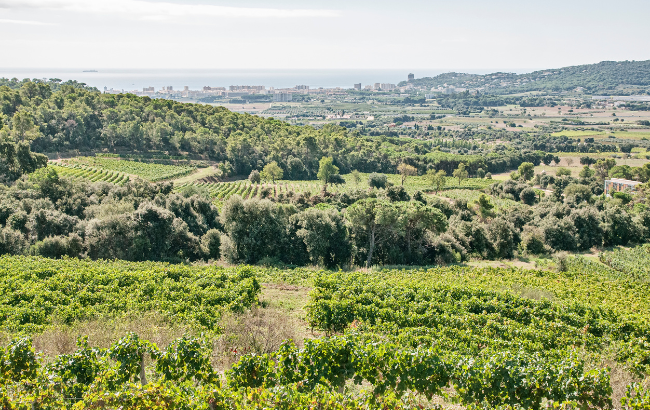Is tirage under cork making a comeback in Champagne?
By Eloise FeildenCork closures company Diam Bouchage has worked with Champagne houses to develop a stopper designed specifically for bottling and maturing wines “sur lattes” as demand for the method surges.

Diam Bouchage has been manufacturing natural cork closures for wine brands for more than 20 years, and has no plans to move away from the category, or to share its focus elsewhere.
The cork company is, however, no stranger to innovation, and commercial and marketing director François Margot tells db the cork producer is shifting towards diversification. “We see the market going very, very clearly towards differentiation,” he says.
Diam’s latest innovation comes in the form of two cork closures specially designed for bottling and maturing wines “sur lattes”.
The new closure has been designed in response to the growing number of Champagne producers returning to tradition by performing a second fermentation under cork, rather than metal crown cap.

“Tirage under cork was used in the past and is still part of a very old tradition,” Margot explains. Liqueur de tirage is a liquid solution of yeast, wine and sugar that is added to the still base wine in order to create the secondary fermentation in bottle. The amount of sugar determines the level of dryness in the wine, as well as the atmospheric pressure in the bottle.
The inconsistency of oxygen ingress from one bottle to the next, as well as the risk of taint, forced tirage under cork out of fashion. But modern cork technology means closures companies can control gas exchange more efficiently, lowering the risk for winemakers. Tirage under cork can also give the wines more complexity, some winemakers argue, as the natural closure allows for a level of oxygen ingress where crown caps do not.
Partner Content
Responding to a growth in interest, Diam Bouchage has been working with Champagne houses to adapt its new technology – just one of the innovations the company has been formulating. Diam’s newest offerings – MD5Ti and MD10Ti – are designed to replace metal crown caps.
Margot explains that tirage under cork “gives a different evolution to the Champagne, and some houses are looking for that”.

Wider goal
Diam Bouchage wants to tap into “differentiation” by providing winemakers with as many options as possible to make their wines unique.
Margot argues that winemakers want to be “different from their neighbours”, and says that closures can offer just that.
“We have transformed our cork into an oenological tool by creating a range of around 20 different corks, from which the winemaker can pick and choose, depending on wine quality, and depending on what they want to do with the wine,” Margot says.
“It is a real challenge, because our company is shifting from a cork producer to basically a winemaker’s assistant,” he adds, but staying ahead of the curve is essential in a sector where individuality is highly prized. “It’s about giving options to winemakers to match what they want their wines to become.”
He adds: “These are all very small actions which go to more niche and identity-forward products, because we think that’s the future.”
Related news
Former Rémy Cointreau exec joins Nimbility in Japan




